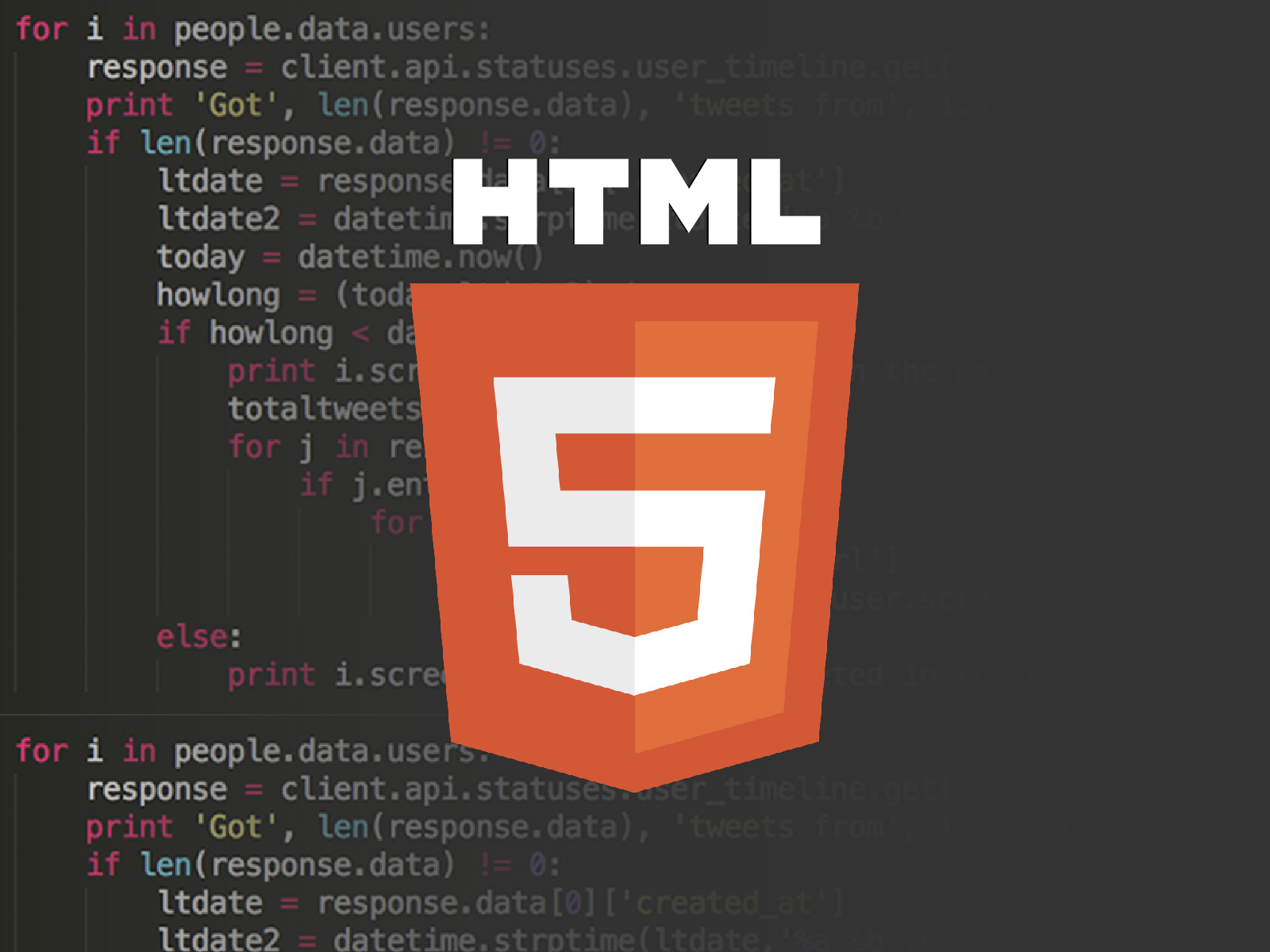Join our newsletter



HTML, or Hypertext Markup Language, is the backbone of the internet. It's the standard language used to create and structure web pages, and it's something that most of us interact with on a daily basis. But, did you know that HTML has a few fun facts up its sleeve? Let's take a look at 5 of them.
HTML is an essential part of the internet, without it, we wouldn't have websites, and without websites, well, let's just say the internet wouldn't be what it is today. HTML has come a long way since its inception, and it continues to evolve to meet the needs of the web. So, next time you're browsing the web, take a moment to appreciate the little language that makes it all possible.
In conclusion, HTML is a language that has been around for decades and continues to evolve, and it has a fascinating history. Whether you're a CTO or a startup founder, understanding how HTML works and how it has evolved can help you to make better decisions when it comes to web development. So, next time you're working on a website, take a moment to appreciate this powerful and fun language.